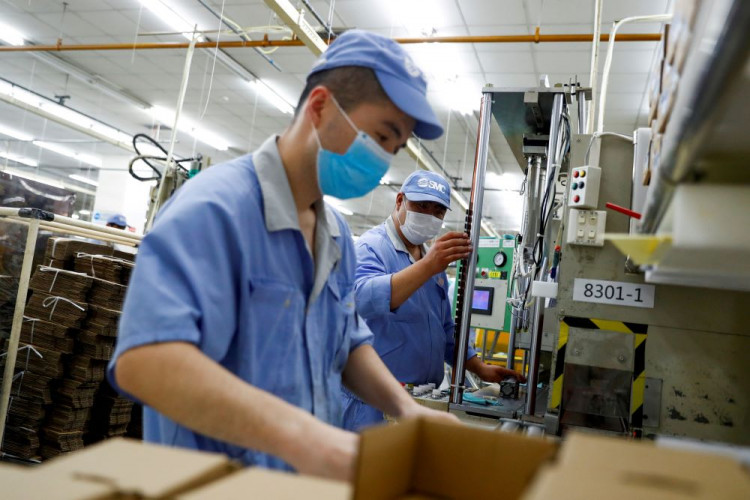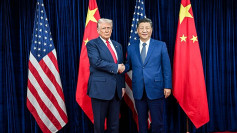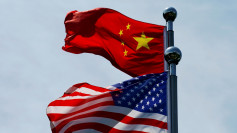China's factory activity contracted for the third consecutive month in June, with the official manufacturing purchasing managers' index rising slightly to 49.7 from 49.5 in May, according to the National Bureau of Statistics. While the figure met analysts' expectations, it remained below the 50-point threshold separating expansion from contraction, signaling continued strain on the world's second-largest economy.
Despite modest gains in new orders and production-both of which crossed into expansion territory at 50.2 and 51 respectively-the broader outlook remained underwhelming. Employment and inventory levels at factories declined further, falling to 47.9 and 48, underscoring tepid domestic and global demand amid deflationary pressures.
"Two months of successive improvement, that's a decent reading given June was the first full month without Trump's prohibitive 100%-plus tariffs," said Xu Tianchen, senior economist at the Economist Intelligence Unit. "There is still evidence of frontloading in trade, but the tariffs are lower now and manufacturers are preparing to ship holiday season goods."
New export orders remained in contraction for the 14th month, climbing marginally to 47.7 from 47.5. The drop in sentiment continues to reflect pressure from ongoing trade tensions with the U.S. and lingering weakness in China's real estate market, both of which are weighing on broader industrial confidence.
Chinese Premier Li Qiang told delegates at the World Economic Forum in Tianjin last week that Beijing would continue shifting toward a consumption-driven model.
Still, the transition appears bumpy. Consumer prices fell 0.1% year-on-year in May, and producer prices dropped at their sharpest pace since July 2023. Industrial profits also declined 9.1% in May, marking the steepest drop in seven months.
The non-manufacturing PMI, which includes services and construction, edged up to 50.5 in June from 50.3 in May. While service sector growth remained flat at 50.1, the construction component surged to a three-month high of 52.8, buoyed by infrastructure investment.
"China's economy regained some momentum, supported by a rebound in manufacturing and construction," said Zichun Huang, China economist at Capital Economics. "But we remain cautious about the outlook, as weaker export growth and a fading fiscal tailwind is likely to slow activity in the second half of the year."
Meanwhile, on the trade front, China and the U.S. confirmed they had reached an agreement to advance details of an existing framework established in Geneva. According to the Chinese Commerce Ministry, Beijing will review applications for exports of controlled items, while Washington will lift certain restrictive measures. However, the ministry also warned against any side deals made with third-party countries that could undermine China's interests, promising "resolute countermeasures" if necessary.





